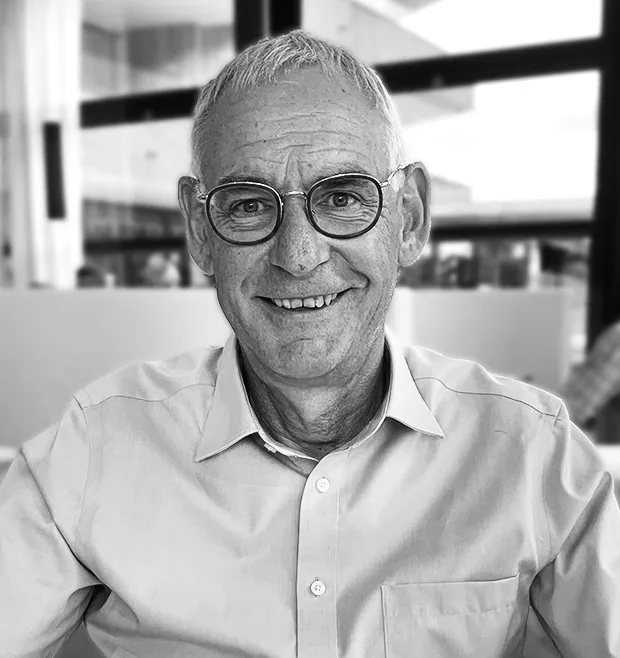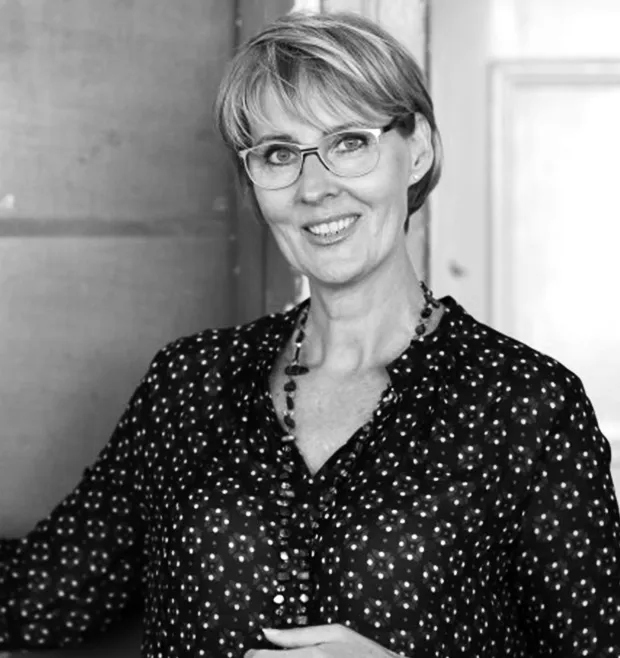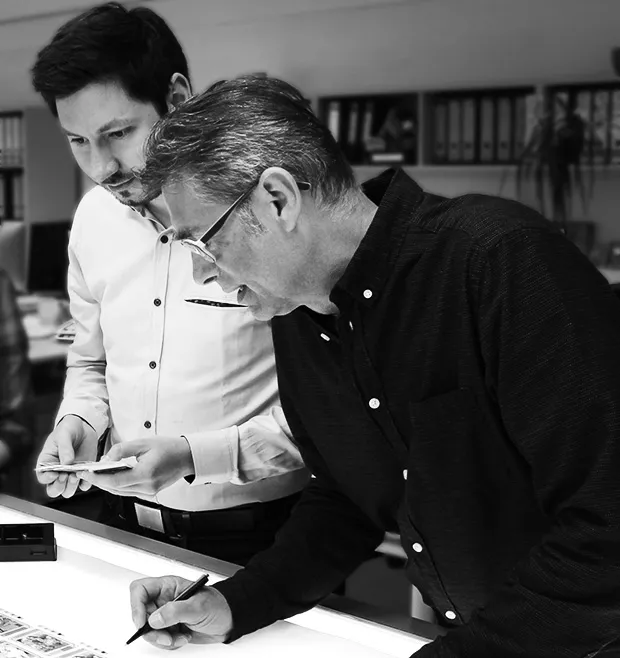Digitale Kompetenzen für heute und morgen
Effektiv lernen, produktiv anwenden: TutKit.com ist deine deutschsprachige Lernplattform zur Fort- und Weiterbildung – dein Download-Portal für exzellente Marketing-Materialien. Als Flatrate oder im Einzelkauf. Ideal für Unternehmen, Selbstständige und Mitarbeiter.
Sieh dir an, wie TutKit dir weiterhilft (2 Min.).
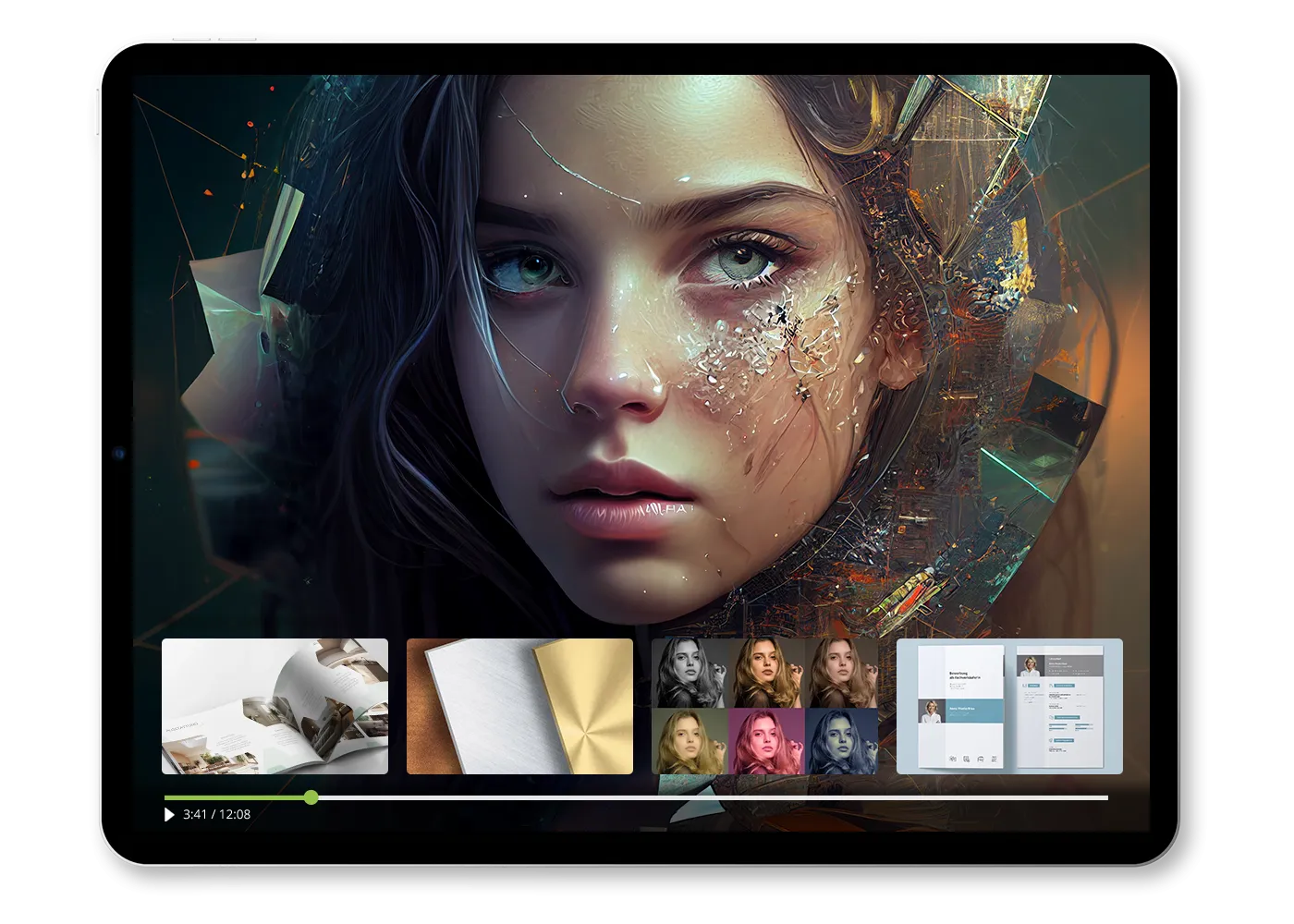
Deutschsprachige Tutorials
Lerne jederzeit, was dich weiterbringt
Digitale Assets zum Download
Effektive Arbeitsdateien für deinen Berufsalltag
Design-Vorlagen in DIN-Formaten
Erstelle selbst erstklassiges Marketing-Material
Jede Woche neue Inhalte
Kürzlich veröffentlicht – deine neuesten Inhalte:
Digitale Kompetenzen für dich – deinen Beruf – dein Unternehmen
Weiterbildung und Marketing in Richtung Erfolg




Lerne, worauf es ankommt
Digitales Know-how, kreative Ideen und Wissen um moderne Office-Lösungen: Stärke dich selbst und dein gesamtes Team. Die Arbeitswelt wandelt sich – und du bleibst gefragt.
Tutorials, Assets und Vorlagen in einem
Diese Kombination ist einmalig in Deutschland: Tutorials zum Lernen, Assets zur Arbeitserleichterung plus Design-Vorlagen für schnelle Ergebnisse – all das in einer Mitgliedschaft!
Jede Woche neue Inhalte
Ziehe maximalen Nutzen aus deutschsprachigen Tutorials, Vorlagen in DIN-Formaten und hilfreichen Arbeitsmaterialien – für deine Programme. Wöchentlich um neue Inhalte erweitert!
Dein Marketing in deiner Hand
Schöner präsentieren und Zielgruppen perfekt ansprechen: Nutze unsere Mockups, Marketing-Tipps und Vorlagen, um deine Produkte und Dienstleistungen noch besser zu verkaufen.
Branchen & Einsatzgebiete
Spezialisierte Inhalte für …
Bewerber & Seiteneinsteiger
Bewerbungstipps, professionelle Design-Vorlagen & Mustertexte
Private & Hobbyisten
Video-Trainings zu allen wichtigen Programmen plus hilfreiche Assets
Sachbearbeiter & Backoffice
Dokument-Vorlagen & Tutorials zu den relevanten Office-Programmen
Agenturen, Designer, Redaktion
Professionelle Design-Vorlagen, vollständig & einfach bearbeitbar
Selbstständige & Unternehmer
Corporate-Design- und Marketing-Pakete, Dokumente, Präsentationen
Immobilienentwickler & Makler
Exzellente Exposé-Vorlagen, Bild-Looks für Architekturfotos
Schöner Präsentieren – effektiver arbeiten – Zeit und Geld sparen
Entdecke deine Tutorials, Assets und Vorlagen


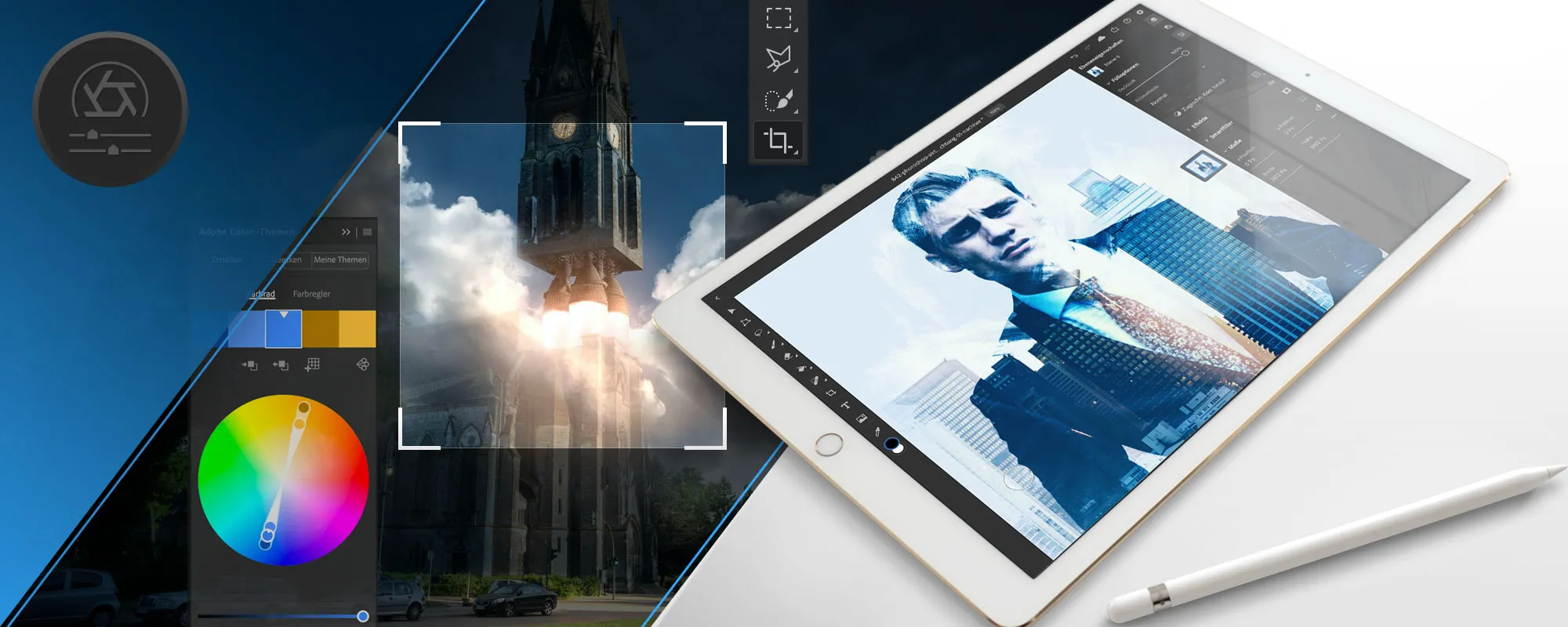



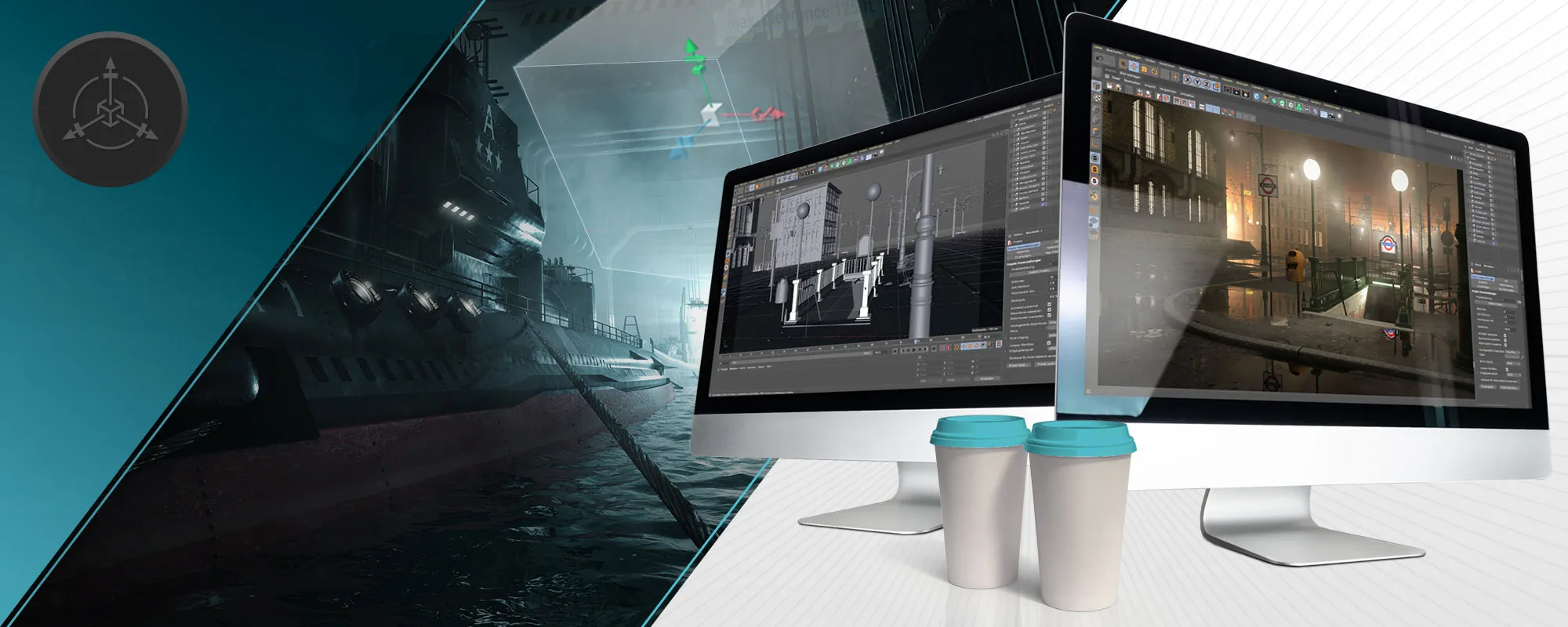
Reichweite ausbauen, Besucher anlocken, Käufer gewinnen und Kunden binden – wir zeigen dir, wie du vorgehst: So optimierst du deine Webseiten, so bespielst du deine Social-Media-Kanäle und so fährst du ein cleveres E-Mail-Marketing. Verbessere jetzt dein Online-Marketing, um noch mehr Profit aus deinen Netzauftritten herauszuholen.
Ergreife im Heute die Chancen der Digitalisierung, um auch im Morgen zu bestehen: Unsere Tutorials präsentieren dir State-of-the-Art-Lösungen für das papierlose Büro, moderne New-Work-Konzepte sowie beschleunigende Abkürzungen für deine Arbeit mit Dokumenten, Tabellen, Präsentationen und E-Mails.
Hervorragend abgelichtet, perfekt nachbearbeitet, kreativ aufbereitet: So entstehen ab sofort deine Fotos und Bilder. Klicke dich in unsere Trainings zur Fotografie, Fotobearbeitung und Retusche sowie zum Composing und Freistellen. Photoshop, Lightroom und viele weitere Programme warten auf deine Ideen.
Du möchtest deine Designs und Grafiken inhouse gestalten, um teure Agenturaufträge zu vermeiden? Dann eigne dir mit unseren Trainings zu Adobe InDesign, Affinity Publisher und Acrobat sowie zu Adobe Illustrator und Affinity Designer das notwendige Wissen an. Erstelle deine Drucksachen künftig ganz einfach selbst.
Für begeisternde Darstellungen in Präsentationen, auf Webseiten und Social-Media-Kanälen: Greife auf die größte Sammlung deutschsprachiger Mockups zu, um deine Produkte überzeugend in Szene zu setzen. Für weitere Kreativprojekte stehen dir mit Texturen, Pinseln und Aktionen Tausende hilfreiche Assets zur Verfügung.
Herunterladen, in Word, InDesign oder Photoshop anpassen und für deine kommerziellen Projekte verwenden: Mit jedem Download einer Design-Vorlage sparst du dir Gestaltungsaufwand bzw. einen externen Marketing-Auftrag. Dein schneller Weg zu fertigen Visitenkarten, Flyern, Roll-ups, Briefpapieren und Rechnungen.
Ob mitreißender Social-Media-Clip oder elegantes Image-Video – mithilfe unserer Tutorials zur Videografie drehst und schneidest du gekonnt deine eigenen Filme. Und falls du 3D-Objekte erstellen oder in einer dreidimensionalen Szene perfekt präsentieren möchtest, sieh dir unsere Tutorials zu Cinema 4D und weiteren 3D-Programmen an.
Unternehmen, die TutKit.com vertrauen






Praktische Lösungen für Marketing und Verkauf, für Office und New Work
Neues lernen. Assets anwenden. Erfolge feiern.
Eine E-Learning-Plattform voller Wissen und hilfreicher Materialien: TutKit.com erleichtert dir deine Arbeitstage um ein Vielfaches. Erwirb neue digitale Kompetenzen. Erstelle in kürzester Zeit herausragende Kommunikations- und Marketing-Mittel. Verbessere und beschleunige deine internen Prozesse. Spart Zeit. Bringt Geld – und dich und dein Unternehmen jeden Tag voran.
Frischer Nachschub
wöchentlich neue Inhalte
Über 8.000
Video-Tutorials
17.000 Assets
inklusive Anleitungsvideos
Gamification
mit Freude lernen
Rechtlich sicher
kommerziell nutzbar
Zertifikate
für Vita & Lebenslauf
Agentur-Qualität
für dein Marketing
Schneller im Alltag
durch optimierte Prozesse
Innovationsträger, die auf TutKit.com setzen
Das sagen Führungskräfte und Entscheider
TutKit.com finden mein
Team und ich richtig hilfreich.
Hermann Mauritsch
Agentur-Inhaber, diGitiv
Ich bin besonders angetan von der
Nutzbarkeit von TutKit.com.
Jürgen Christoffers
Agentur-Inhaber, Christoffers | Medien | De
Die Video-Tutorials sind eine tolle Ergänzung
für die berufliche Ausbildung.
Thomas Hagenhofer
ZFA Medien
Was bin ich froh, schon früh
auf euch gestoßen zu sein.
Michael Bier
Grafik & Marketing, Der Pschorr München
VERSTÄNDLICH, PRAXISNAH UND INSPIRIEREND
Tutorials von Trainern, die ihr Handwerk verstehen
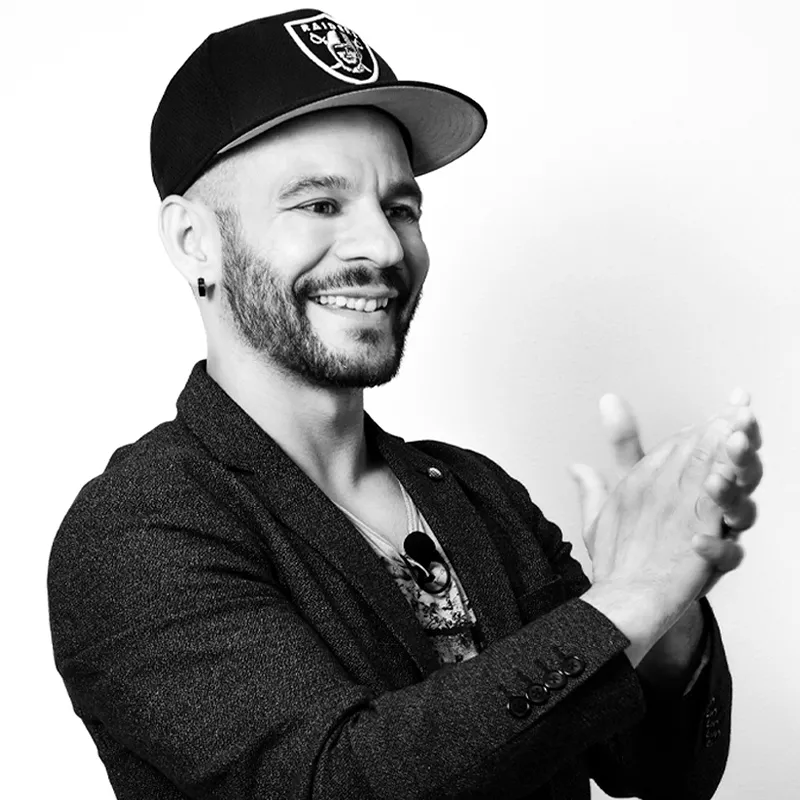
Stefan Riedl





„In meinen Tutorials zeige ich dir, wie du deine Web- und Print-Designs, deine PDF-Dokumente und Internetseiten künftig selbst gestaltest. Lass uns gleich starten!“
Zum Trainerprofil
Erfahrungswerte aus erster Hand
Wie TutKit.com jeden Einzelnen weiterbringt
Der Einstieg in verschiedenste Programme ist mir sehr einfach gelungen …
Ich kann selber den Komplexitätsgrad meiner Fortbildung wählen …
Die vielen Tutorials eignen sich perfekt als Schulungsmaterial …
Edu-Tech – Made in Germany
Matthias und Stefan Petri, die Gründer von TutKit.com
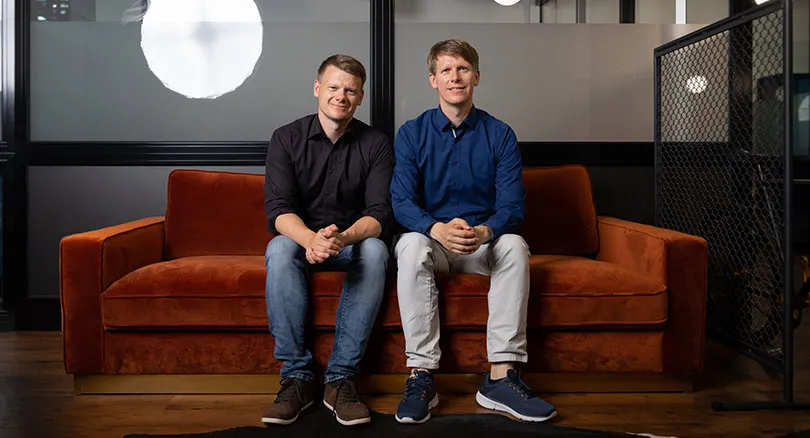
Angefangen hat alles 2002 mit Tutorials für Photoshop, die von den Brüdern Matthias und Stefan Petri im beschaulichen Mecklenburg-Vorpommern erstellt und auf einer eigenen ersten Website veröffentlicht wurden. Damit wurde der Grundstein für die Edu-Tech-Plattform TutKit.com gelegt. Unser Ziel heute: Kreative besser machen. Wir sind stolz, dass sich aus dieser Mission eine Plattform entwickelt, mit der wir viele Menschen dieser Welt erreichen: englisch, französisch, spanisch, italienisch, niederländisch, polnisch, portugiesisch, norwegisch, ukrainisch, dänisch, russisch, türkisch, estnisch, finnisch, lettisch, litauisch, rumänisch, schwedisch, slowakisch, slowenisch, tschechisch, ungarisch, bulgarisch, indonesisch, griechisch, koreanisch, japanisch.
Bereit für Tutorials, Vorlagen und Assets?
